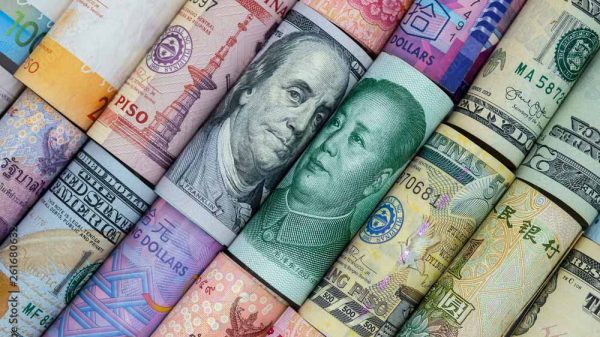Europe’s economy managed to narrowly avoid a recession by the slimmest of margins in 2023, according to official data published by Eurostat. The eurozone’s gross domestic product (GDP) stagnated in the final quarter of the year, while the wider European Union (EU) also dodged a recession. However, the region continues to face significant economic challenges, including high inflation and interest rate hikes. This article delves into the factors contributing to Europe’s economic struggles and examines the prospects for recovery.
Prolonged Economic Struggles
Europe’s economy has been grappling with the aftermath of the COVID-19 pandemic, which has hindered its ability to regain momentum. The region has been hampered by high inflation rates and the subsequent rapid interest rate hikes implemented to combat it. In particular, the surge in energy prices triggered by Russia’s invasion of Ukraine in early 2022 has been a significant burden on the European economy. The lingering effects of this event led to persistently high natural gas prices, further exacerbating the challenges faced by businesses and consumers.
Germany’s Economic Decline
Germany, Europe’s largest economy, experienced a contraction last year for the first time since the pandemic began. In the fourth quarter of 2023, Germany’s GDP declined by 0.3% compared to the previous quarter, as confirmed by the country’s statistics office. This decline has added to the overall economic strain felt across the EU.
Positive Contributions
Amidst the general economic struggle, there were some positive signs in specific countries. Italy and Spain, for instance, witnessed better-than-expected growth in the last quarter of 2023, with their respective outputs expanding by 0.2% and 0.6%. These growth rates likely played a crucial role in stabilizing Europe’s overall economy towards the end of the year. Meanwhile, the French economy, the second-largest in Europe, stagnated in the fourth quarter, but still managed to grow by 0.7% throughout 2023.
Challenges Ahead
While Europe’s economy narrowly avoided a recession, economists remain cautious about the region’s prospects for the near future. Christoph Weil, a senior economist at Commerzbank, notes that the tight monetary policy implemented during the summer stagnated economic growth. He suggests that it is unlikely for the economy to emerge from this weak phase before the spring. Additionally, persistently high inflation levels make it improbable for the European Central Bank (ECB) to reduce interest rates before summer, as any positive impact from rate cuts would not be felt until 2025.
Outlook and Conclusion
Europe’s economic challenges persist, and the road to recovery remains arduous. With the effects of past monetary tightening still being felt and fiscal policies becoming more restrictive, experts anticipate the eurozone economy to remain stagnant in the first half of 2024. However, with concerted efforts, such as a balanced monetary approach and supportive fiscal measures, Europe can gradually overcome these obstacles and pave the way for sustainable economic growth.
It is crucial for policymakers and central banks to address the root causes of the economic struggles, including high inflation and energy prices, to create a more favorable environment for businesses and consumers. By fostering stability and implementing targeted measures to support key sectors, Europe can navigate its way towards a more robust and resilient economy.











